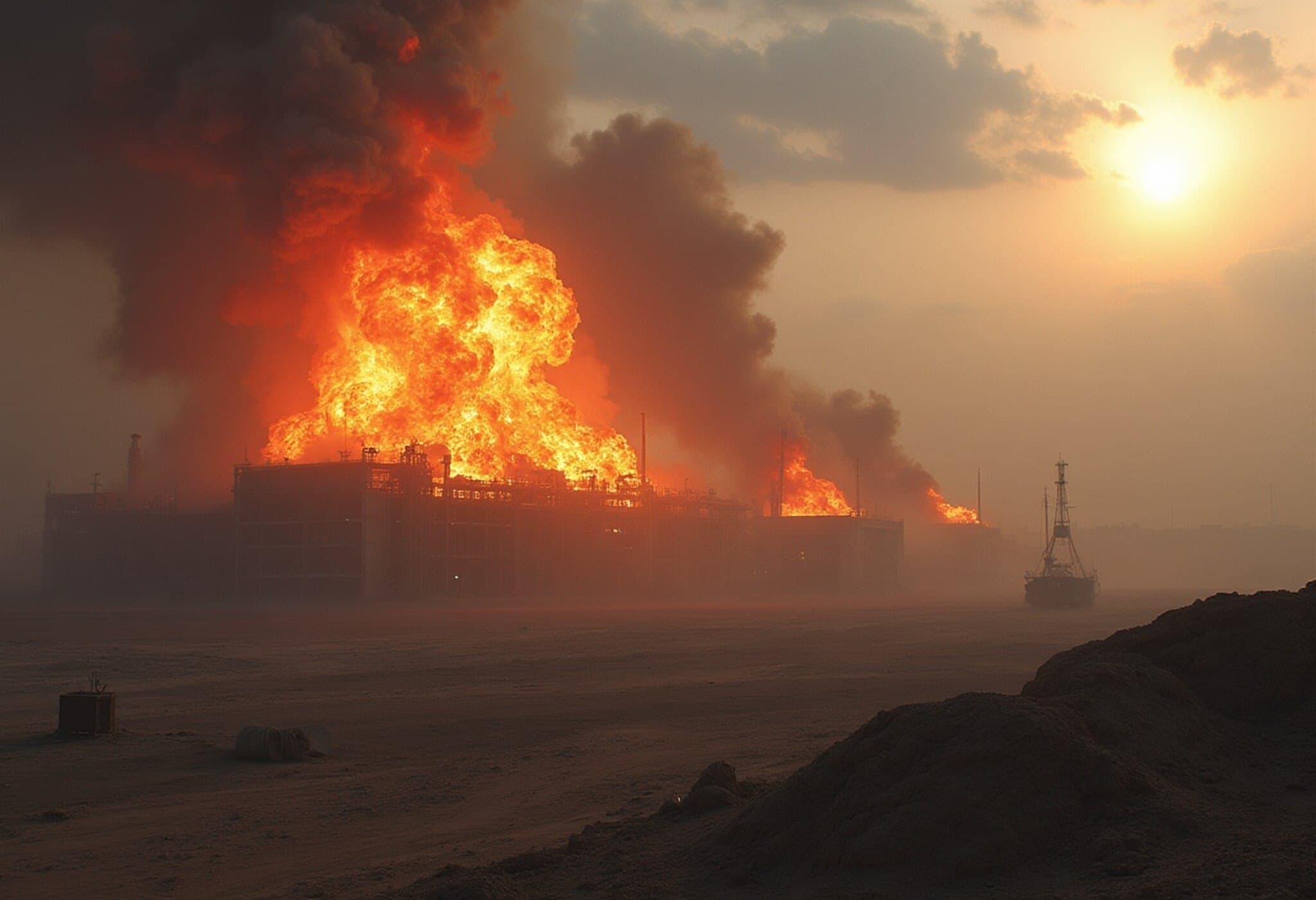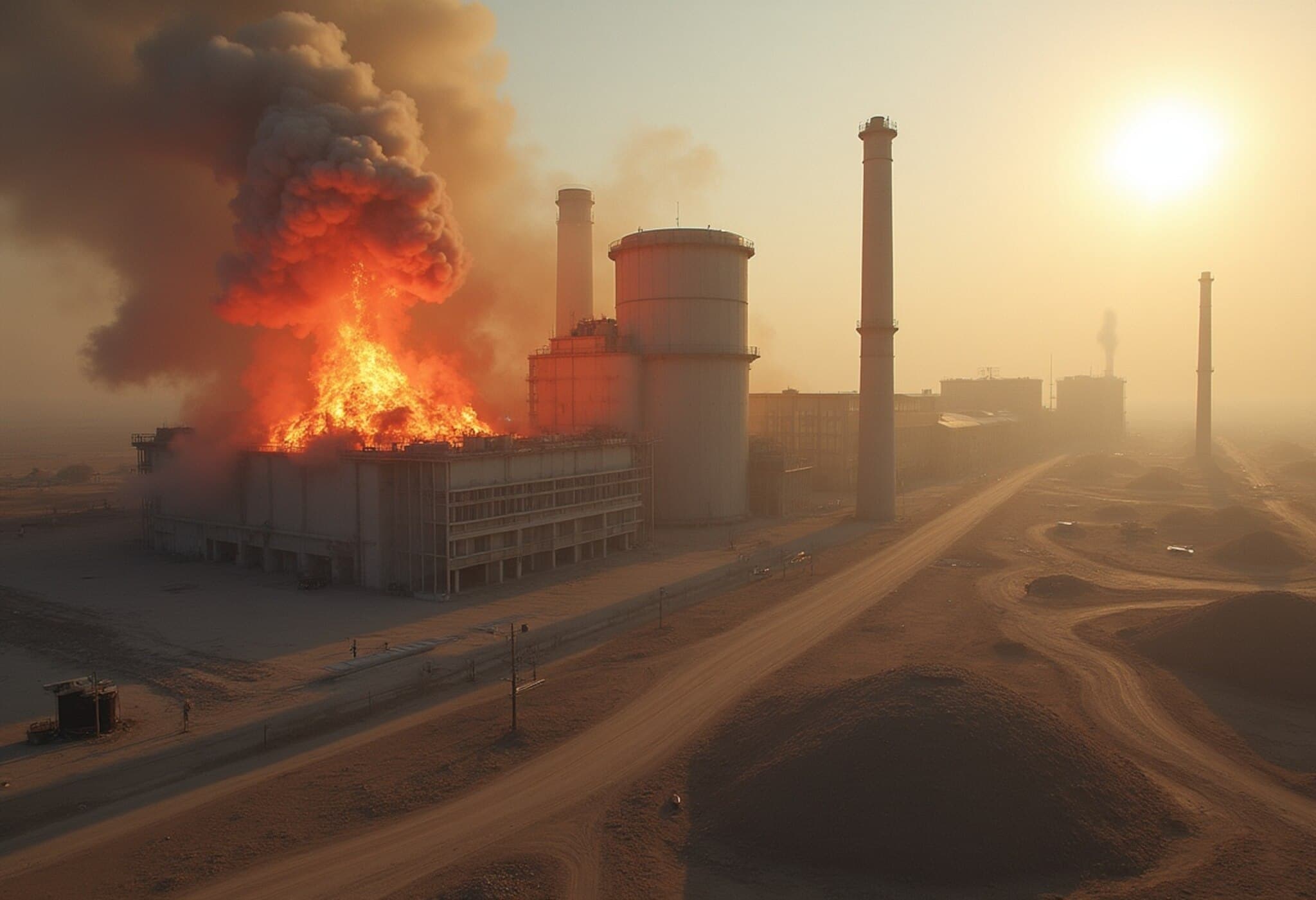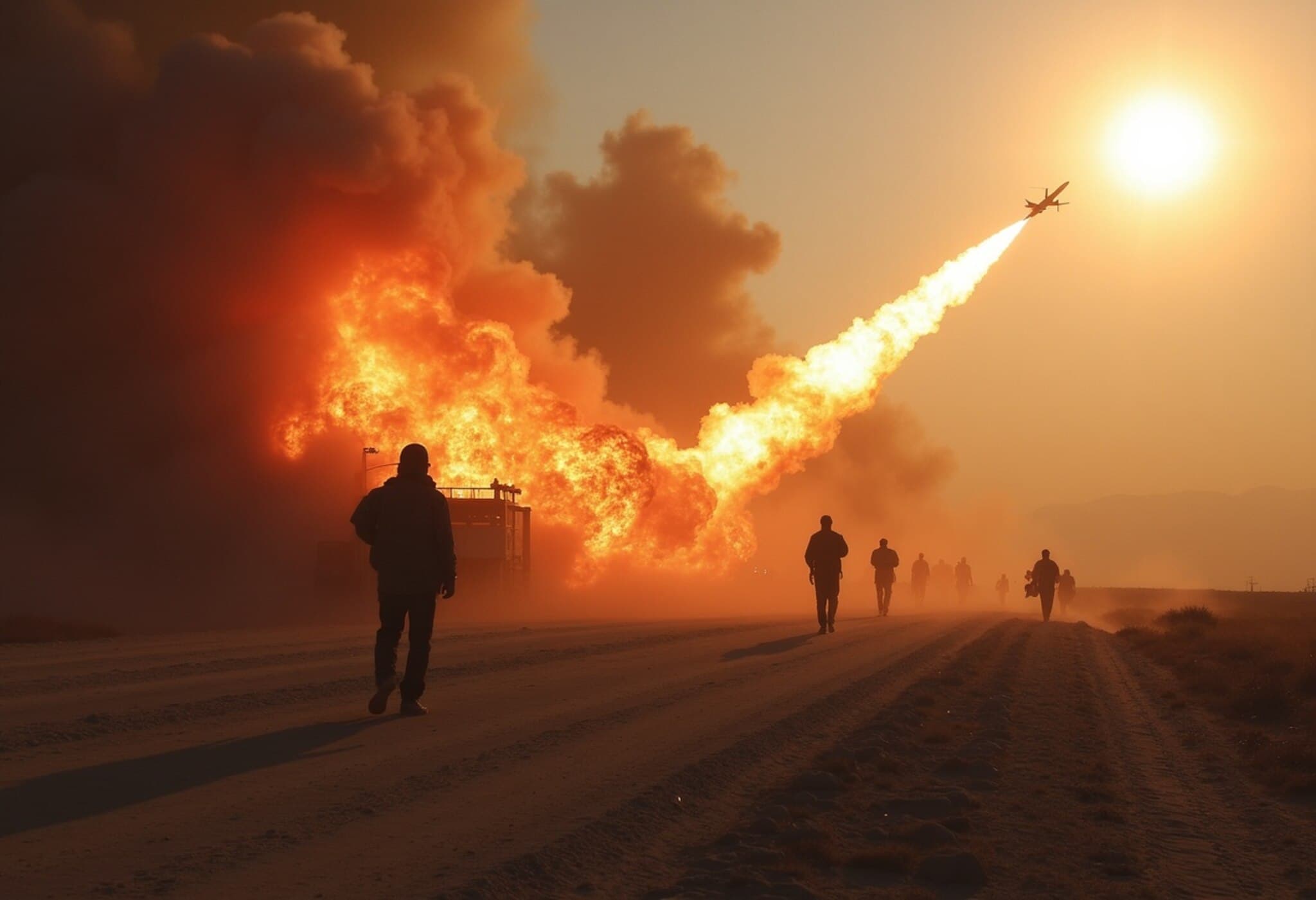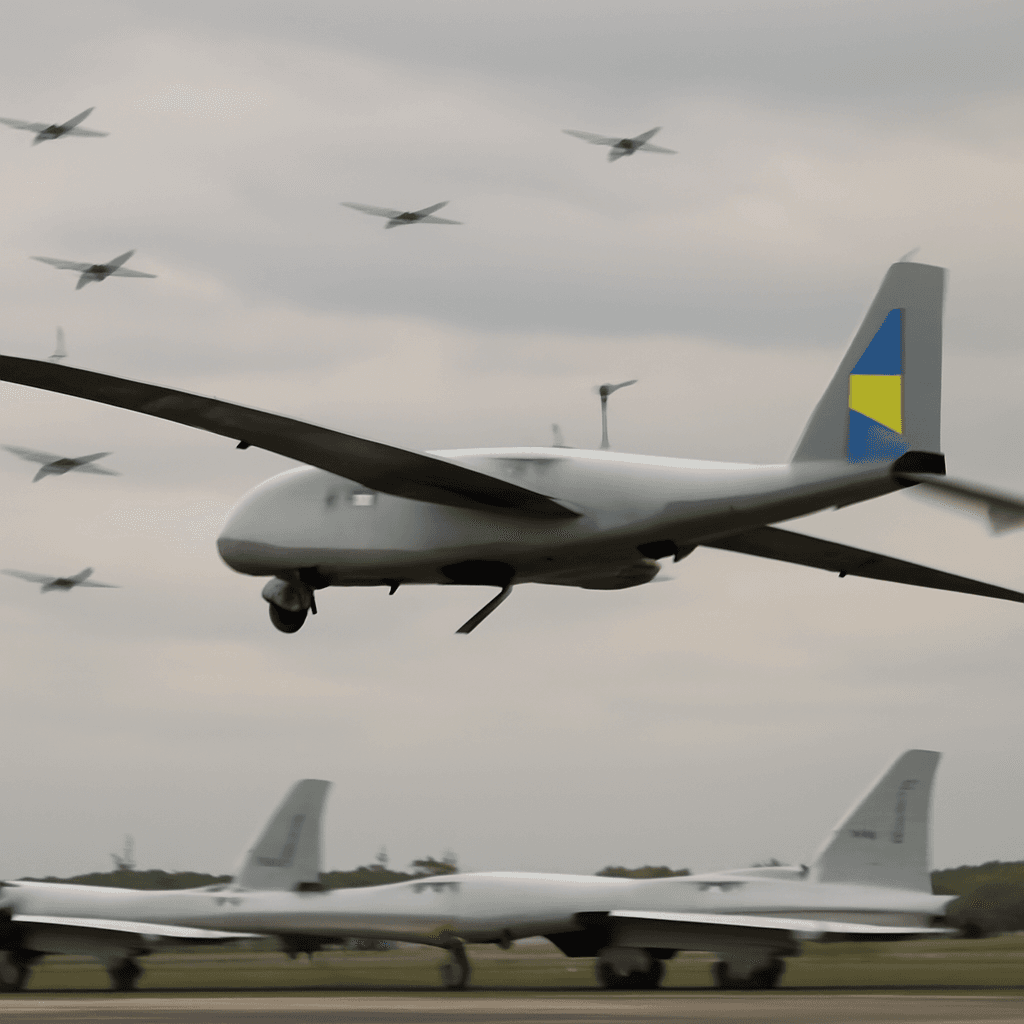The 1981 Osirak Airstrike: Setting a Precedent in Middle Eastern Security
On June 7, 1981, Israel executed a daring airstrike that would resonate through decades of Middle Eastern geopolitics. Fourteen Israeli Air Force fighter jets flew nearly 1,100 kilometers from Sinai to Baghdad, targeting Iraq’s Osirak nuclear reactor in a carefully orchestrated mission later known as Operation Opera. The objective was clear: prevent Iraq from acquiring nuclear weapons capability that Israel feared would threaten its very existence.
Iraq’s Nuclear Ambition Under Saddam Hussein
Iraq's nuclear efforts began in the late 1950s but gained significant momentum during the 1970s under Saddam Hussein’s regime. A pivotal moment came in 1976 when Iraq partnered with France, securing a 70-megawatt research reactor named Osirak, alongside a smaller training reactor at the Tuwaitha Nuclear Research Centre. Officially designated for peaceful research under international oversight, the reactor sparked alarm in Israel when intelligence suggested it could be adapted for weapons-grade plutonium production.
Weighing the Threat
By the late 1970s, Israeli leaders assessed that once Osirak became operational, any strike to disable it would risk catastrophic consequences, raising the stakes for a timely preventive action.
Crafting a High-Stakes Military Strike
The mission’s blueprint, devised under Lieutenant General Rafael Eitan’s command, initially involved older F-4 Phantom jets but eventually upgraded to advanced F-16A fighters as Israel’s Air Force acquired them. The strike package included eight F-16s for the attack and six F-15s providing cover.
- Aircraft flew low—around 100 feet above ground—to evade radar detection.
- Strict radio silence was maintained throughout the mission.
- The route crossed hostile airspace, including Jordan and Saudi Arabia, selected to minimize exposure to enemy defenses.
A Dramatic Encounter
Despite stealth measures, King Hussein of Jordan spotted the aircraft and attempted to warn Iraq. Unfortunately, due to communication failures, the warning never reached Baghdad.
The Strike and Its Immediate Impact
Around 17:35 local time, the F-16s swiftly struck the Osirak reactor, obliterating it within minutes and returning home unscathed. Though tactically flawless, the strike drew global condemnation. The United Nations Security Council censured the attack as a violation of its charter, and even longtime U.S. ally relations momentarily cooled with a freeze on military supplies.
Iraq and France insisted the reactor was intended solely for peaceful use, while Israel stood firm on the existential threat it perceived. Then-Prime Minister Menachem Begin declared that no Arab nation would be permitted to develop nuclear weapons, a stance later termed the Begin Doctrine.
Long-Term Strategic Reverberations
Contrary to intentions, Iraq did not abandon its nuclear ambitions following the strike. Declassified intelligence suggests Saddam Hussein accelerated clandestine nuclear development during the 1980s. It took the Gulf War in 1991 to further dismantle Iraq’s nuclear infrastructure.
Parallels in 2025: Iran’s Nuclear Challenge
Fast forward to 2025, Israel faces what it views as a similar existential threat from Iran’s advancing nuclear program. Since 2005, Israeli leadership, especially Prime Minister Benjamin Netanyahu, has spotlighted Iran’s nuclear ambitions as a central national security concern—publicly endorsing the precedent set by the 1981 strike as justification for potential action.
Israel has since engaged in covert operations against Iranian nuclear facilities and personnel, employing tactics such as targeted assassinations and cyber warfare (including the infamous Stuxnet attack). Recent reports indicate Iran has enriched uranium nearing weapons-grade purity, maintaining high tensions despite ongoing diplomatic negotiations held in places like Oman.



















